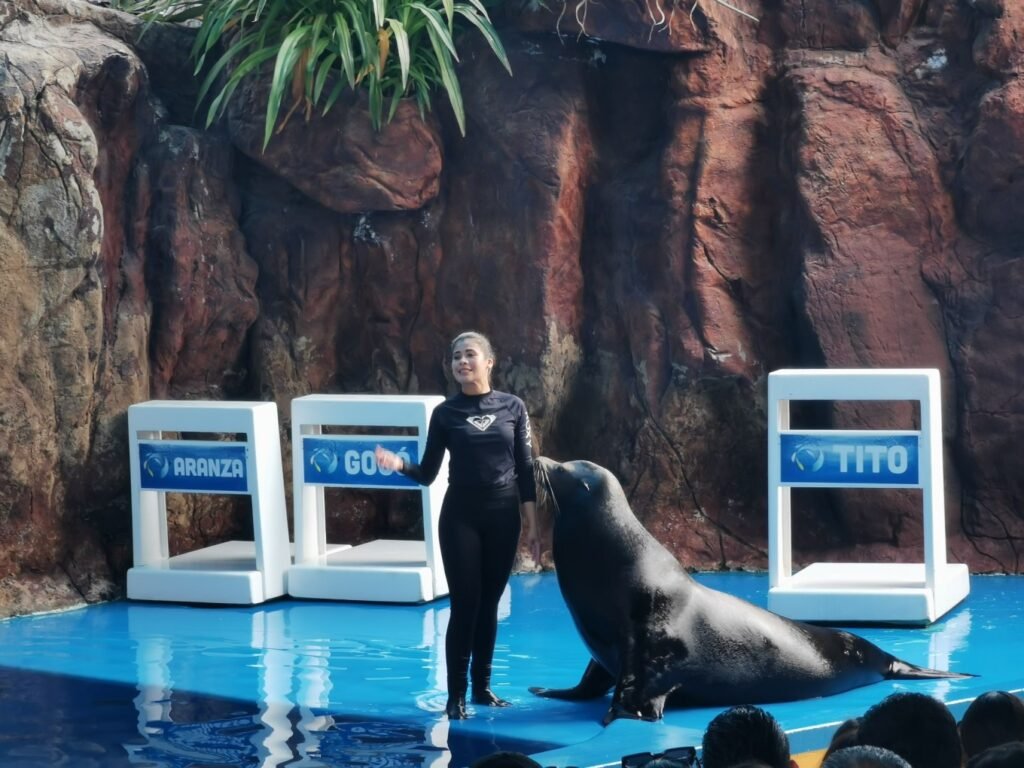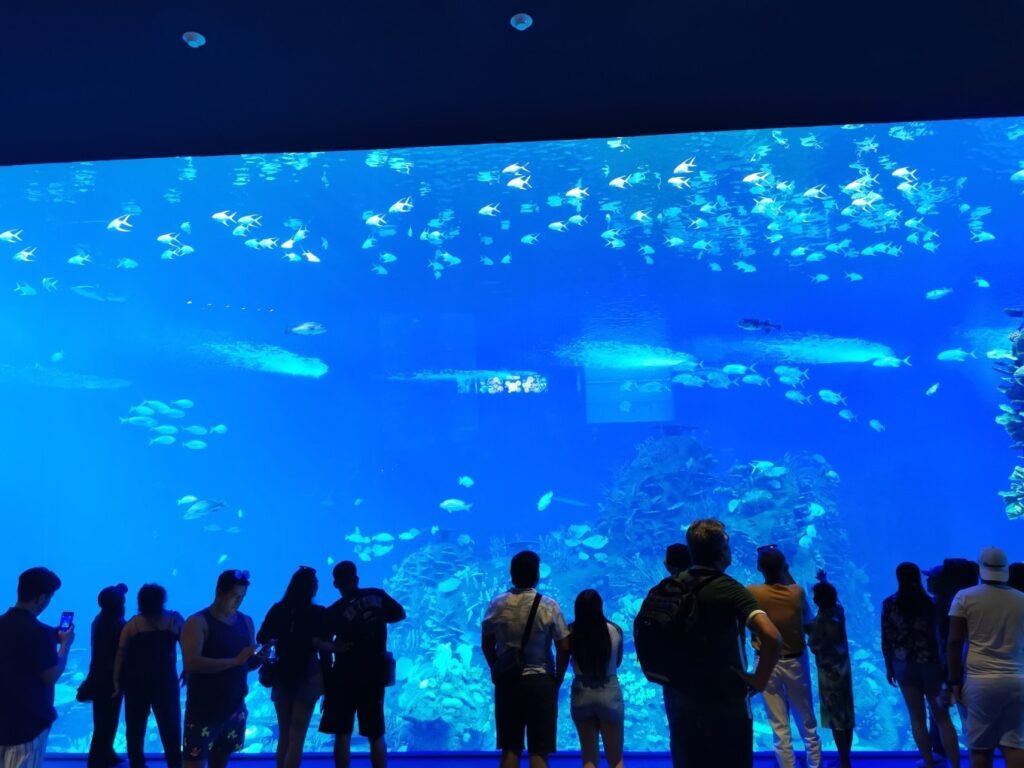Mazatlán, a city of about 500,000 residents, offers the perfect balance of a lively yet manageable place to stay. Its main draw is the excellent weather in February, with daytime temperatures peaking at 25°C and dropping to a comfortable 15°C at night, with no rain. At night, there’s no need for heating or air conditioning, making it ideal for restful sleep.
This city might not be widely known among travelers. Located over 300 kilometers across the sea to the east of Cabo, Mazatlán shares similarities with another coastal resort town, Puerto Vallarta, situated 300-400 kilometers to the south. Both cities have comparable geography, populations, climates, and urban layouts, stretching along the coastline from south to north. The southern area is the historic old town, while the northern part features newer developments, including modern hotels, resorts, and large supermarkets. If you’ve enjoyed Puerto Vallarta, Mazatlán will likely capture your heart too.
Thanks to its favorable climate, Mazatlán attracts many American and Canadian retirees who come here to stay for several months at a time.
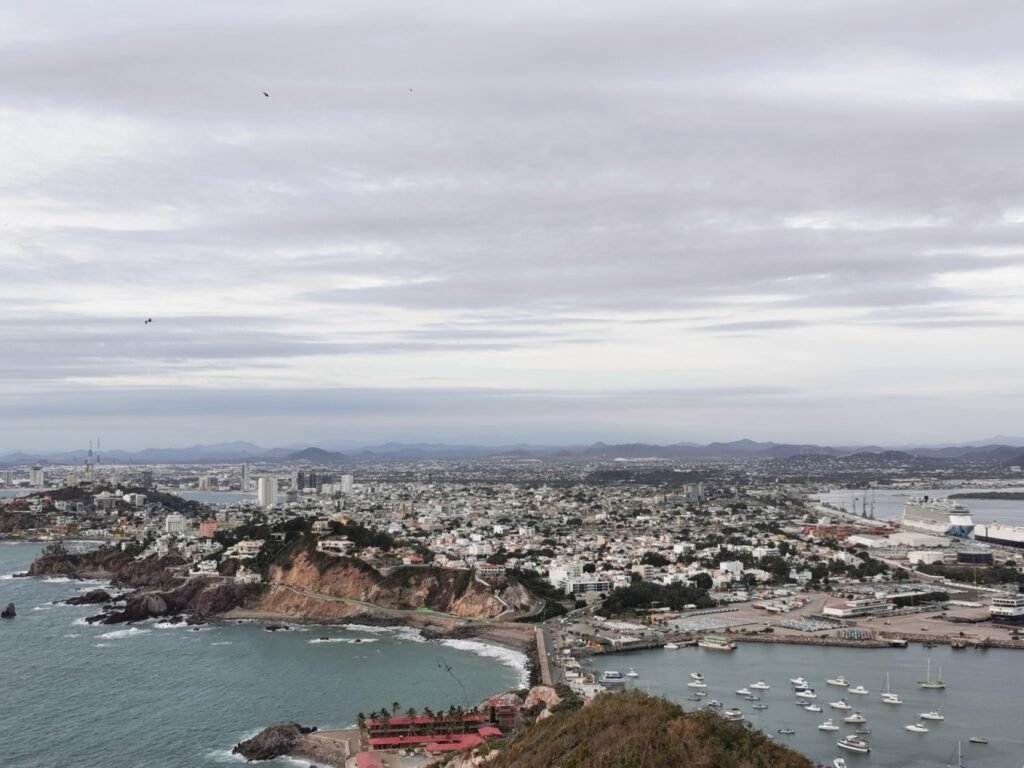
From the southernmost point of Mazatlán, El Faro (Lighthouse Hill), you can enjoy a breathtaking bird’s-eye view of the entire city. At the summit, there’s a glass bridge that allows visitors to admire the scenery below.
On our way down, we searched for a place to eat. A passerby casually pointed toward another hillside, mentioning that the only nearby restaurant was La Marea. With no other options, we had to climb another 167 steps to reach it. From the restaurant, we captured a photo of El Faro, the hill we had just climbed.
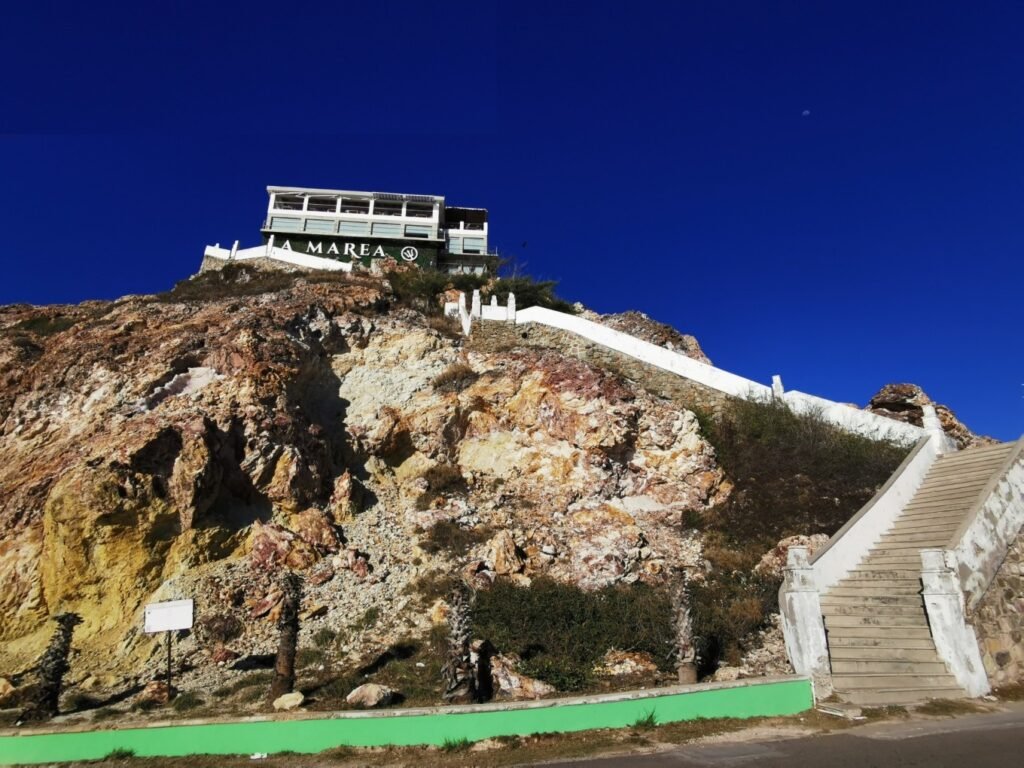
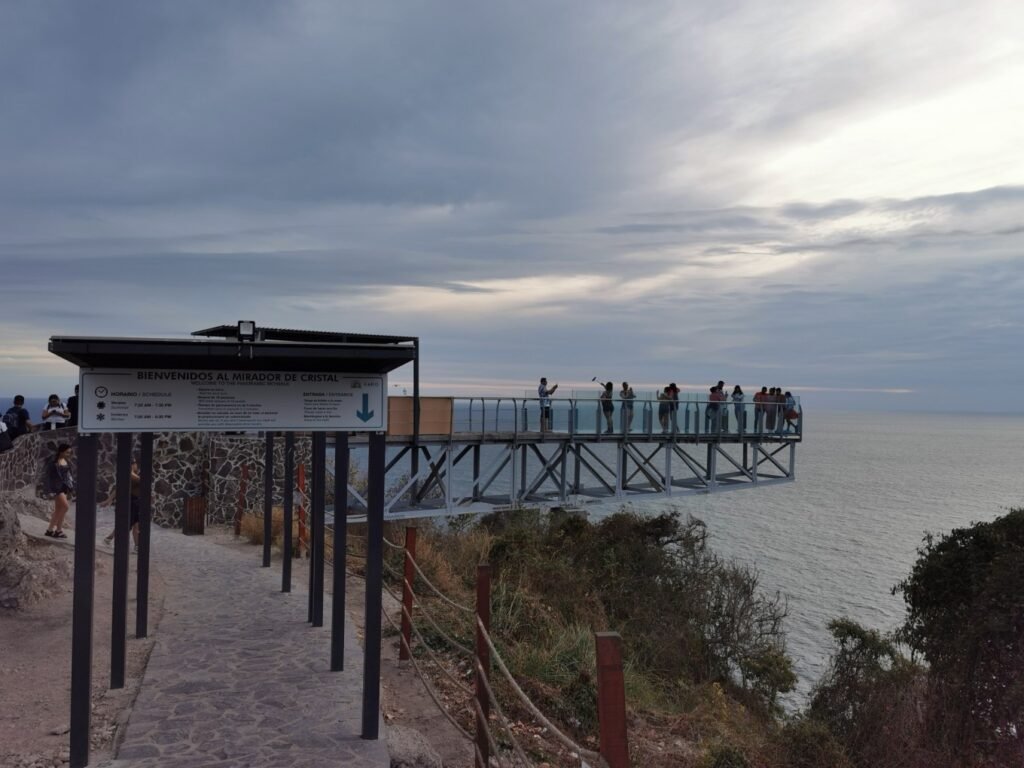
Not far from the hillside restaurant La Marea lies the Observatorio, built in 1873 to monitor incoming ships. After Mexico gained independence, Mazatlán was repeatedly invaded by the U.S., Britain, and France. The imperial powers relied on gunboat diplomacy, using cannons to threaten and intimidate the city.
Take the cable car up to the Observatorio, where you can enjoy stunning views of the ocean below. At the observatory, guides offer insights into Mexico’s traditional cocoa drinks and introduce the elements of Mayan culture: fire, wind, water, and earth.
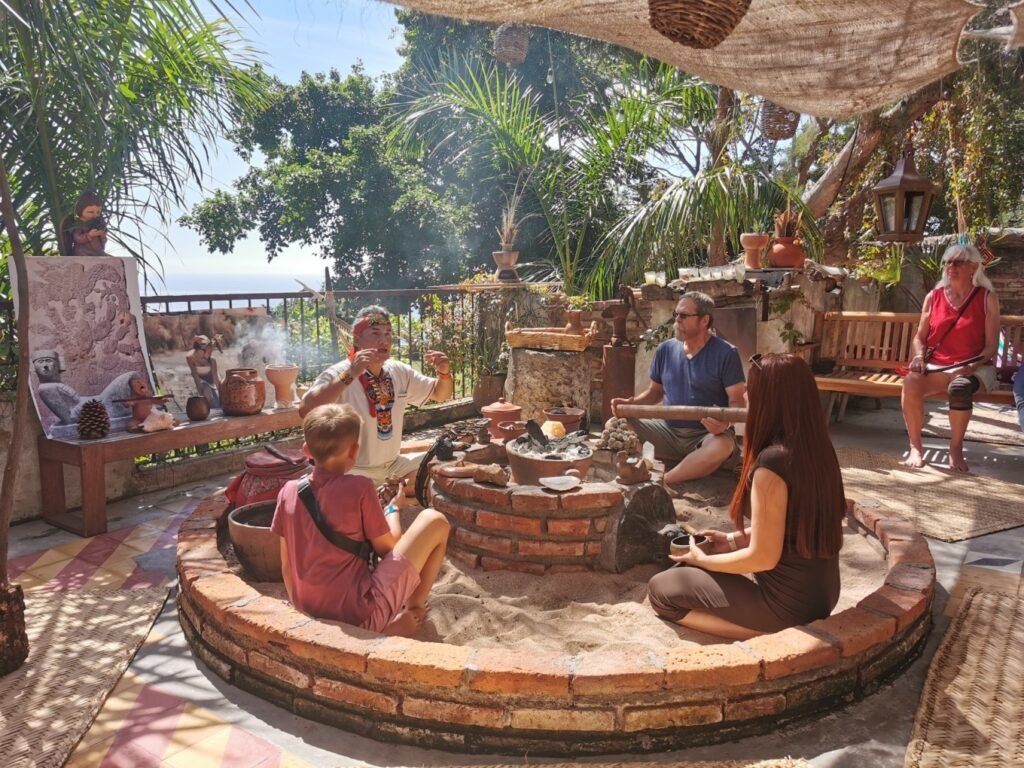

This place is called El Clavadista (The Cliff Diver), a popular attraction that draws tourists daily. When we arrived, no one was diving, so I asked a nearby vendor about it. The vendor told me that for 500 pesos, a diver would perform. He quickly found a diver, and after some bargaining, we agreed on 200 pesos for the dive.
As the word spread, tourists began gathering to watch the dive. After about ten minutes, an older local approached me, guiding me to the best viewing spot and letting me know the jump was about to happen. The crowd erupted in loud cheers at the moment of the dive. After the performance, the same local went around asking for tips, with people typically giving between 20 to 50 pesos.
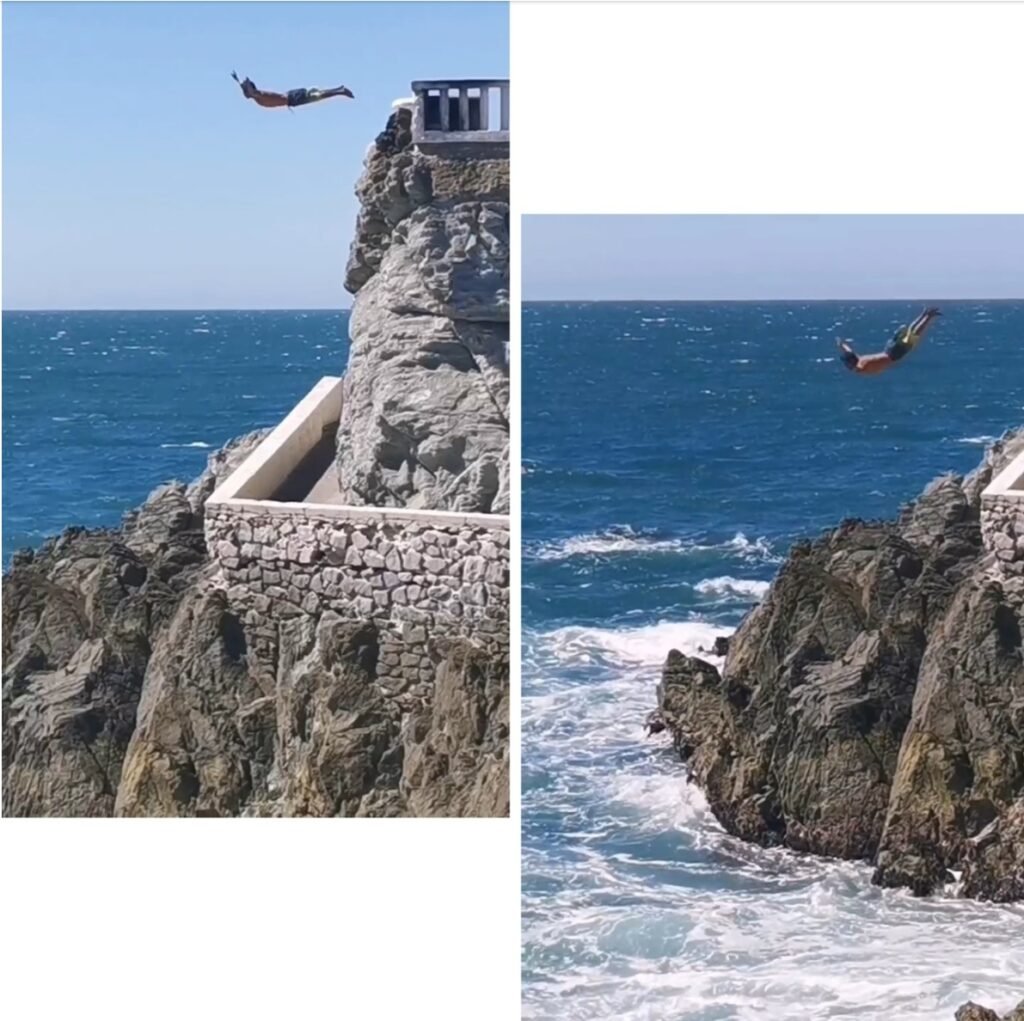
The small white car in front of the statue is a Pulmonía, a unique type of taxi found only in Mazatlán. It’s mainly used by tourists for sightseeing. These open-air vehicles travel at low speeds and are not allowed on highways. Due to their open design, they sometimes expose passengers to polluted air, leading traditional taxi drivers to mock them as “pneumonia.”
A ride from my accommodation to the old town typically costs around 200 pesos by Pulmonía. However, Uber and Didi are also available here, with a ride to the city center usually costing between 70 and 80 pesos.

Old Town
We stayed outside the city, but there’s a convenient bus stop right at our doorstep, with fares at 13 pesos per person. Every passenger buys a ticket upon boarding, as there are no monthly passes. The driver handles both ticket sales and giving change.
Due to the local climate, the buses are well air-conditioned. To block the sun, the windows are covered with tinted film, which works fine during the day but makes it hard to see outside at night. We had to rely on Google Maps to know where to get off. The bus ride to the old town takes about 20 minutes, making it very convenient.
The old town is the bustling heart of Mazatlán, with streets that exude a charming, historic atmosphere.
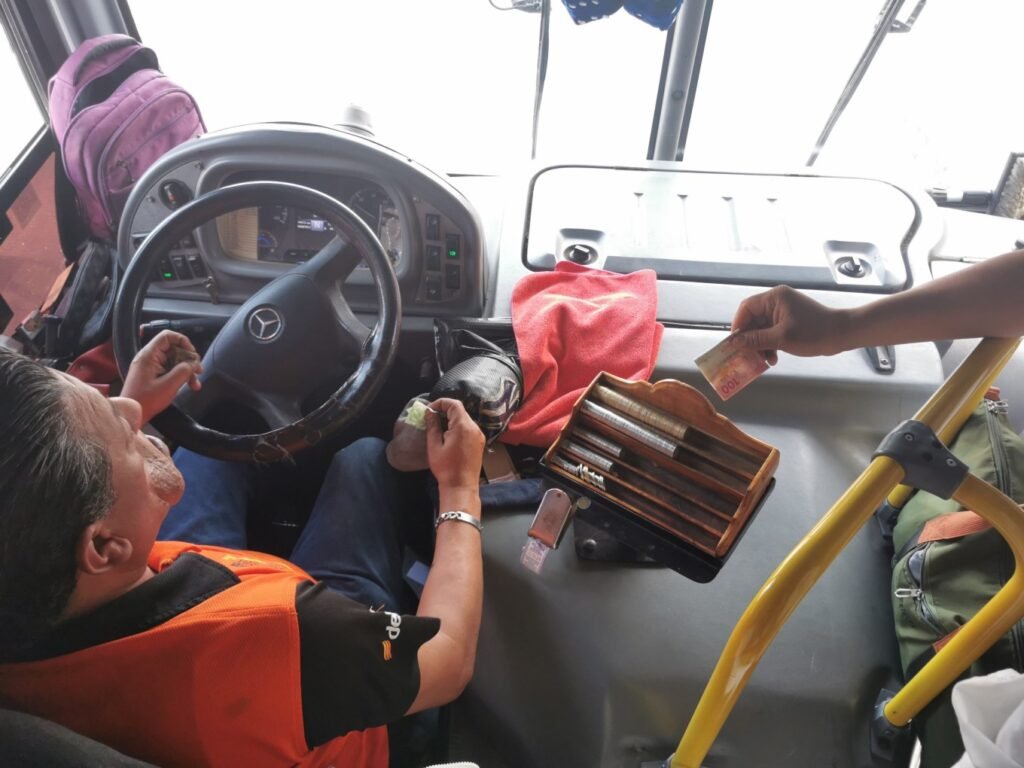

In the city center, there’s a market called Pino Suarez Mazatlán Market, which spans an entire block. It offers everything, from food to everyday essentials. Interestingly, there are no dedicated fruit stands in the area. Even the many convenience stores don’t sell fruit. If you want apples or bananas, you’ll have to go to a large supermarket.
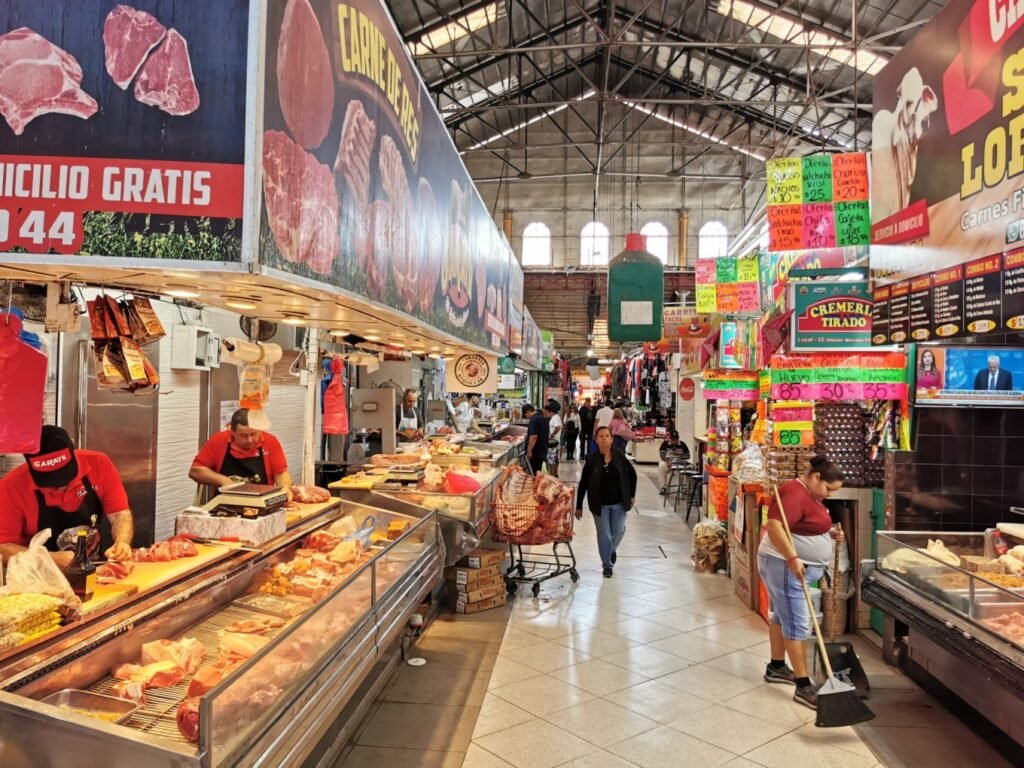
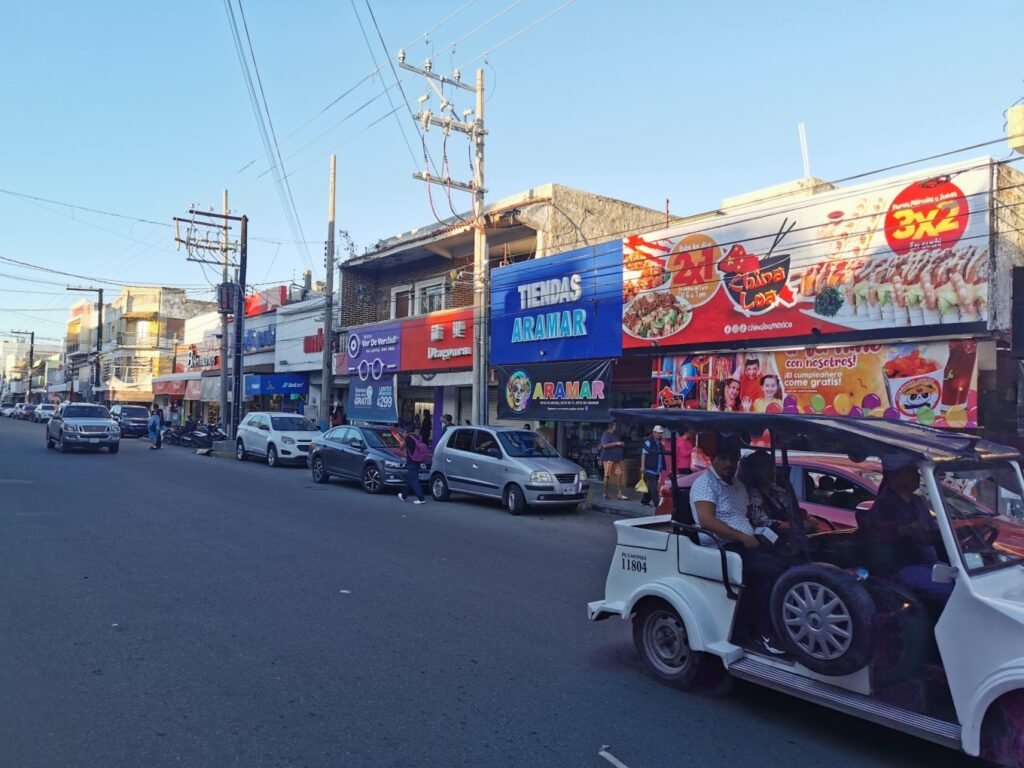
A bit further north is the seafood market, which primarily offers various types of shrimp, as Mazatlán is famous for its shrimp production. However, we didn’t see much in the way of shellfish. The prices are comparable to those in U.S. supermarkets, so they’re not particularly cheap. You can buy raw seafood at the market, and the neighboring restaurants will cook it on the spot based on the quantity you bring.
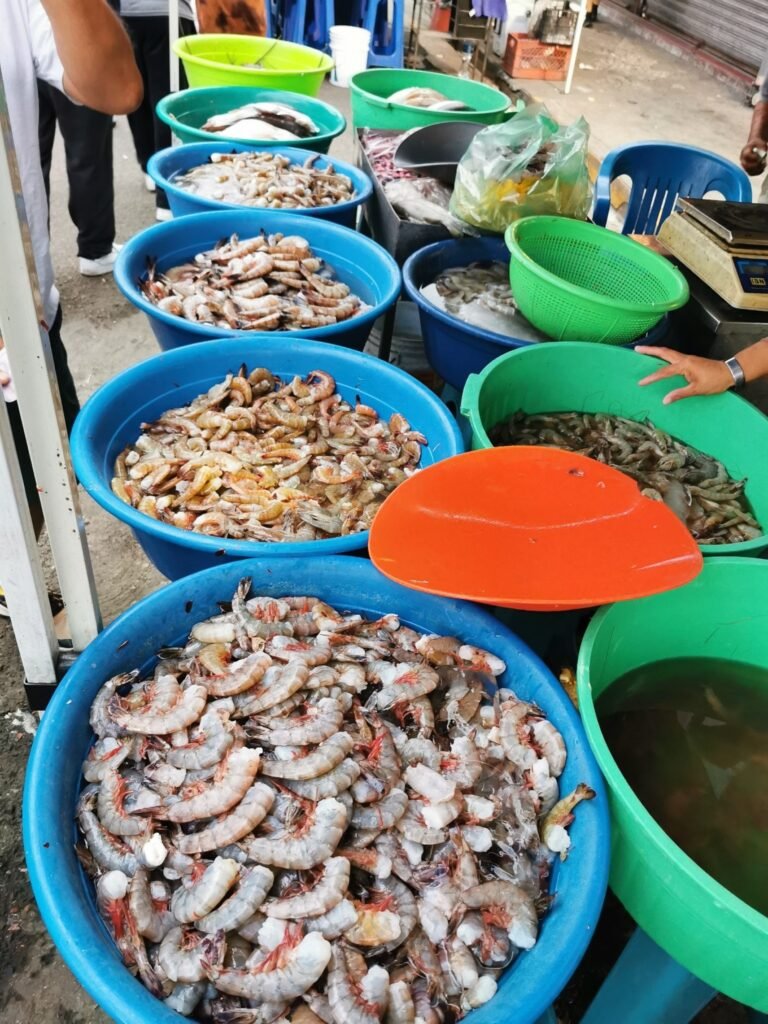
Panama is the most famous local restaurant chain, specializing in cakes and desserts. In the old town center, aside from a few Chinese restaurants serving rice dishes, Panama seems to be the only major dining spot. It has two floors and is always bustling. Inside, staff push carts loaded with cakes, and diners can pick whatever catches their eye.
Mexicans love their sweets and are big fans of Coke. You’ll even spot 3-liter bottles of Coke, and locals say their version is sweeter than the one in the U.S. It’s no surprise that many people here have a sturdy build, with a noticeable prevalence of obesity. For some, their front-to-back thickness even exceeds their side-to-side width.
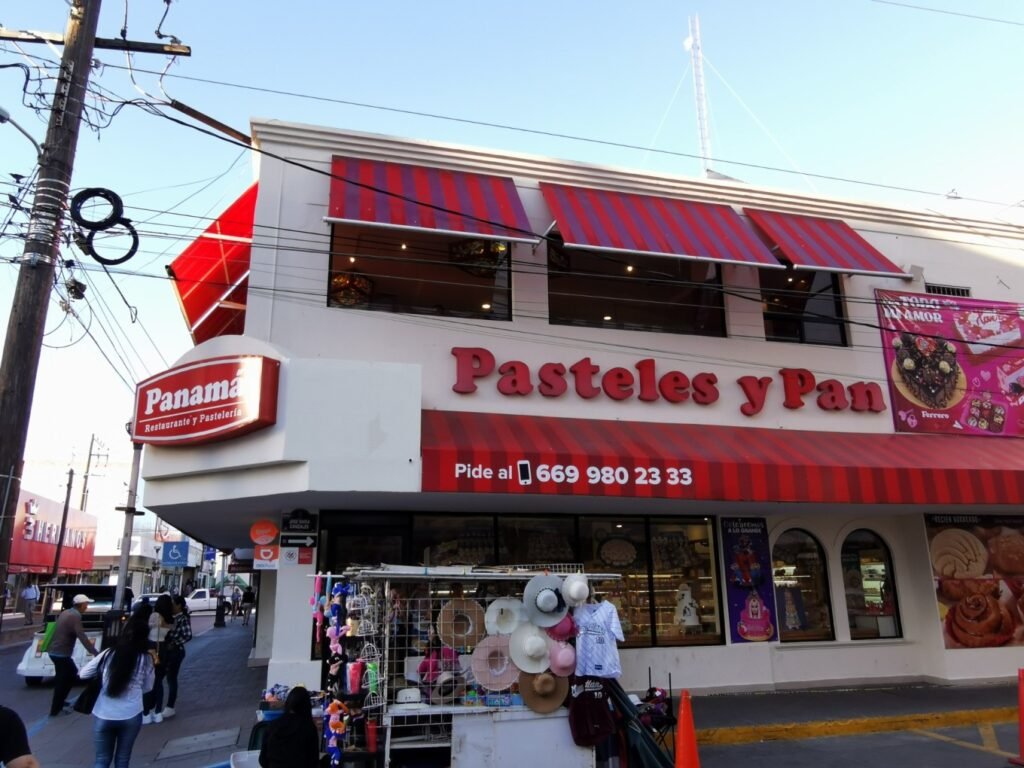
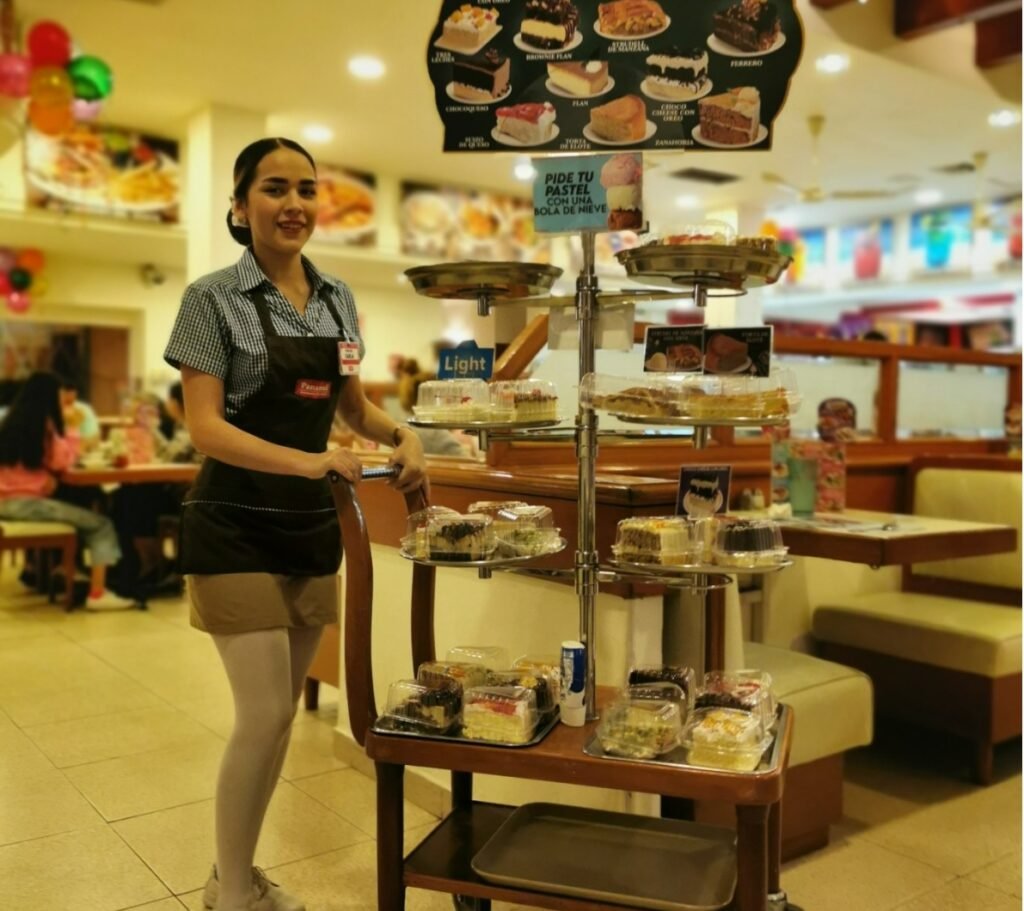
One night, around midnight, we had a late-night snack here. This food stand offered freshly grilled steaks, and they tasted excellent. The streets felt very safe, with countless street food stalls providing meals for locals. The most common option is tacos, typically priced at 30 pesos (about $1.80). Before the COVID-19 pandemic, the cheapest tacos in Mexico were only 18 pesos (around $0.90 at the time).
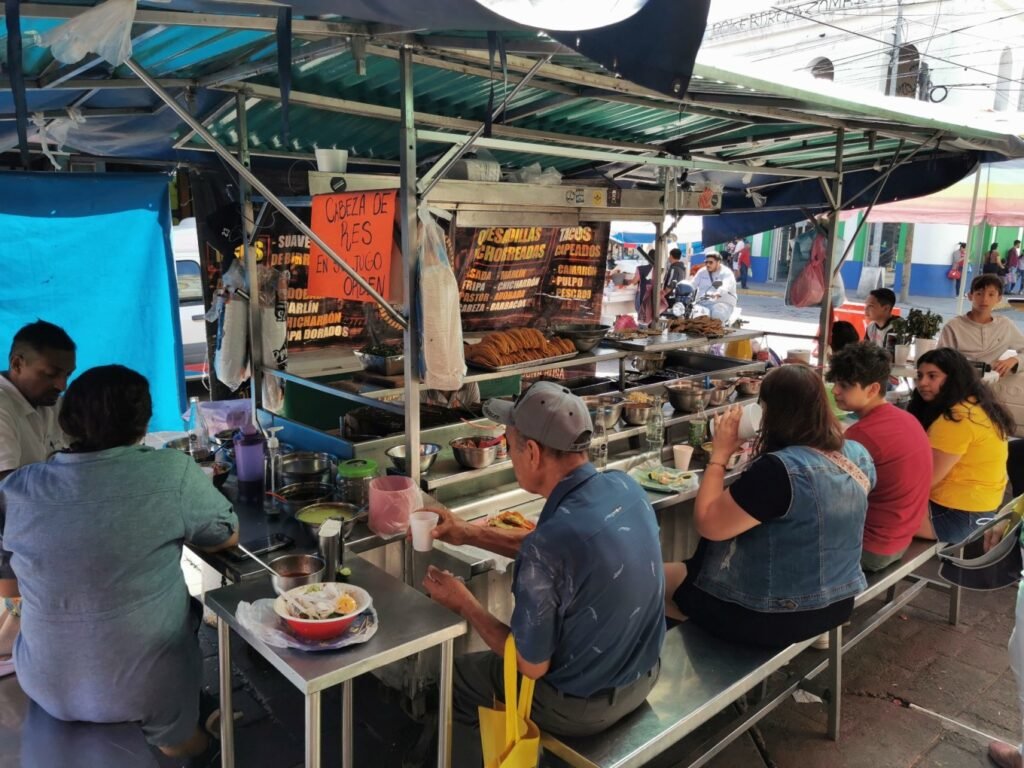
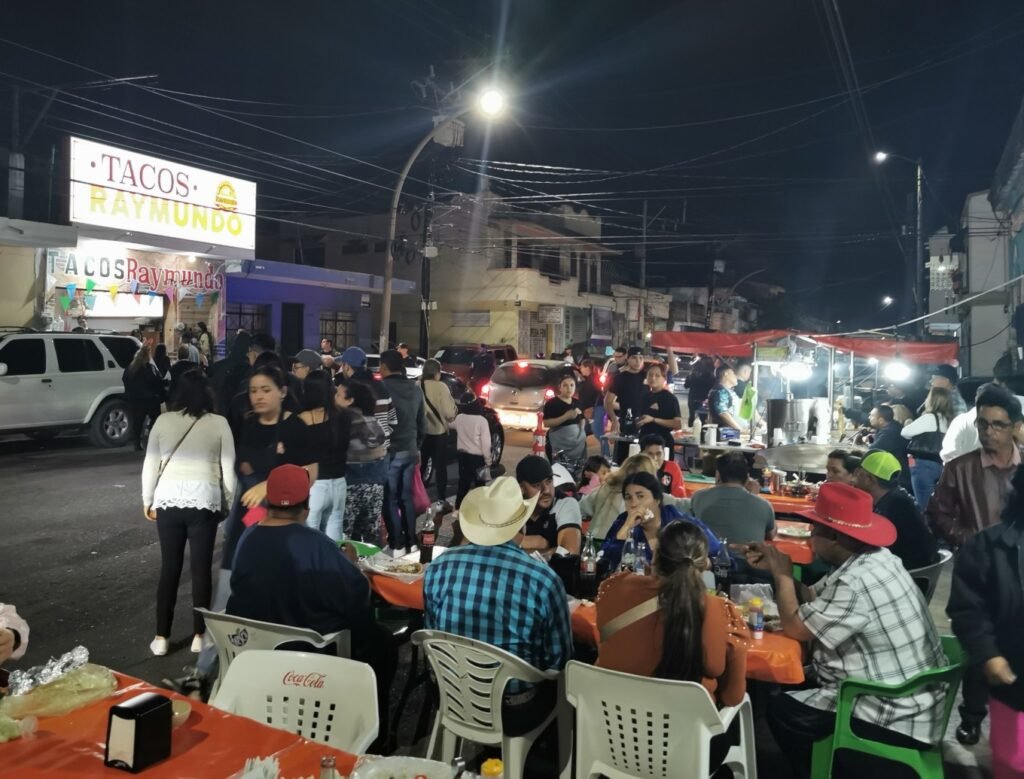
Outside the Old Town
The facilities and businesses outside the old town are quite good. Along Av Camarón Sábalo, the main street, you can walk for 1-2 hours with shops and restaurants lining both sides. Compared to Puerto Vallarta, Mazatlán lacks fancy restaurants, so the prices are relatively consistent across eateries. Additionally, it’s rare to encounter long lines at any restaurant.
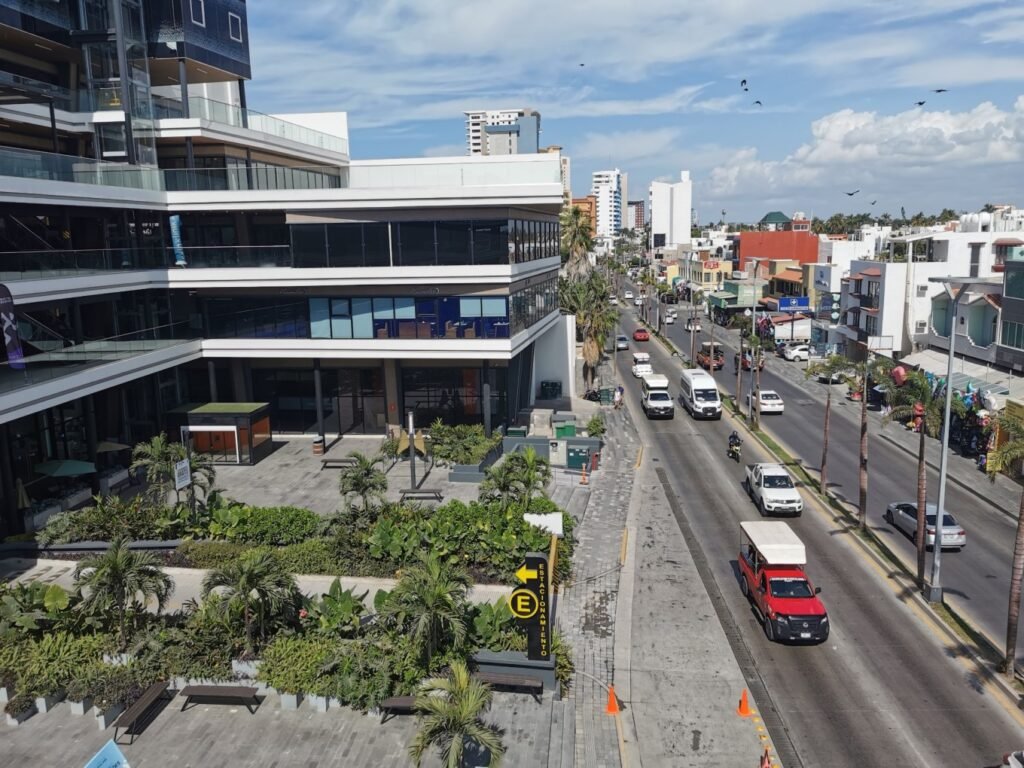

On the street where we stayed, most tenants were from the U.S. and Canada, with about 80% from Canada. The street is filled with restaurants, bars, and nightclubs. One particular restaurant is always packed, hosting live performances (mainly country music) every day, with mostly retired folks chatting and relaxing.
Although the area is generally very safe, for several consecutive days, a military vehicle with four armed soldiers appeared outside the hotel next to ours. After asking around, I found out that the President of Mexico was staying at the hotel. Considering the situation, the security level didn’t seem particularly high.
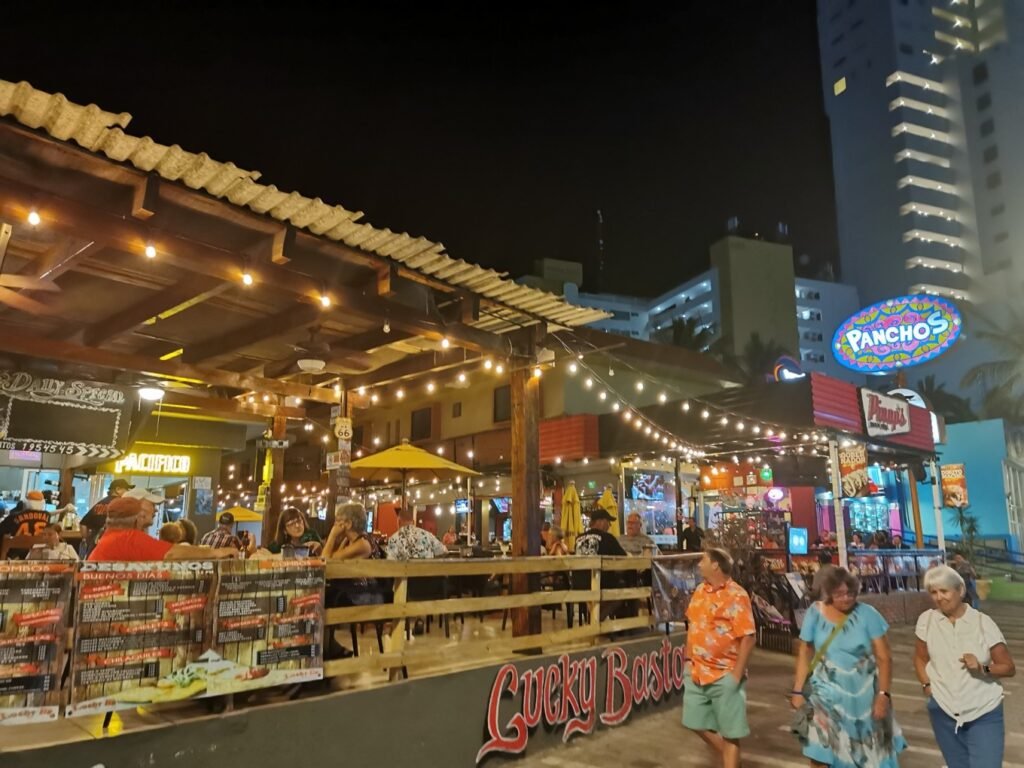
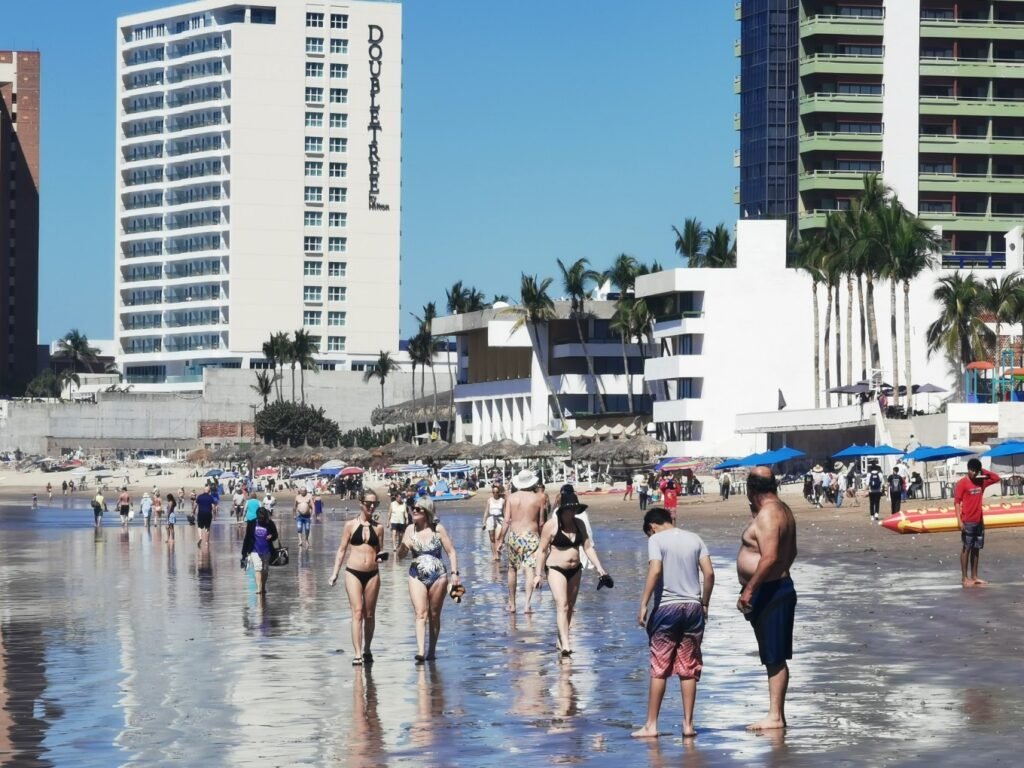
Many people unfamiliar with Mexico assume the country is unsafe, associating it with drug crime or murders. For many, their understanding of Mexico is limited to two popular tourist destinations: Cancun and Cabo. However, most parts of Mexico, including the capital, Mexico City, are very safe. Crimes like murder happen everywhere, even in major U.S. cities, where shootings occur daily. Overall, we found the city to be very safe. During our month-long stay, we visited many places and never felt unsafe. The locals were very friendly, and some even asked to take photos with us.
One thing that took some getting used to was the locals’ love for loud music. Whether in cars or restaurants, people seem to enjoy turning the volume up to the max. At one restaurant, after we sat down, the owner immediately turned on the speakers, blasting music so loudly that we couldn’t even talk to each other.
Another common sight was the small bands of five or six people playing trumpets and drums. Many of these bands were of average skill, some even quite out of tune, turning their music into noise. On the beach near our accommodation, these bands would play almost every afternoon. As soon as one band left, another would arrive to take its place. In the evenings, the same bands would perform on the streets outside our building, one after another, seemingly without expecting any payment.
I really don’t understand where they find the time. Don’t they need to work? With my mindset, it’s hard to grasp the relaxed and festive spirit of the Mexican people.
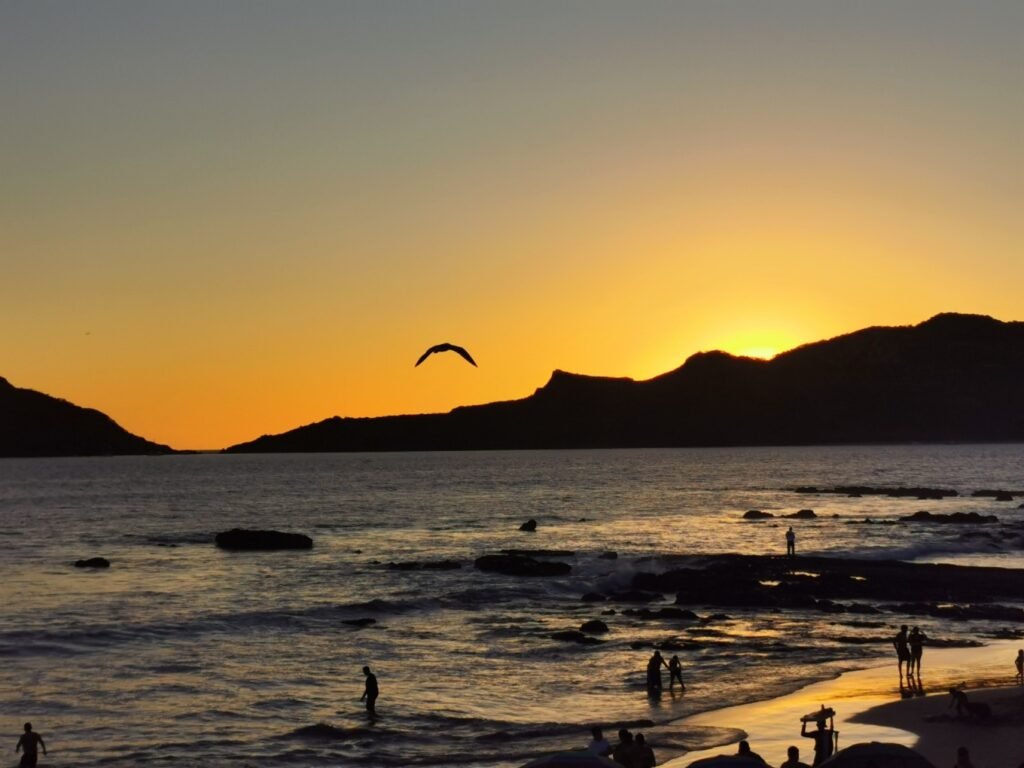
Carnival
The carnival here is said to be the third largest in the world, surpassed only by New Orleans, USA, and Rio de Janeiro, Brazil. It lasts for five days and reportedly attracts around 400,000 attendees.
While trying to reach a restaurant, we had to squeeze slowly through the crowds for just 100-200 meters. Despite the massive scale and congestion, there was surprisingly no visible security presence — everything relied on the patience and cooperation of the participants, which was truly impressive.
Tip: We found a spot at Bar Del Pacífico, a restaurant along the parade route. It allowed us to sit comfortably, watch the parade, enjoy food and drinks, and use the restroom. Otherwise, standing for hours outside would have been quite challenging
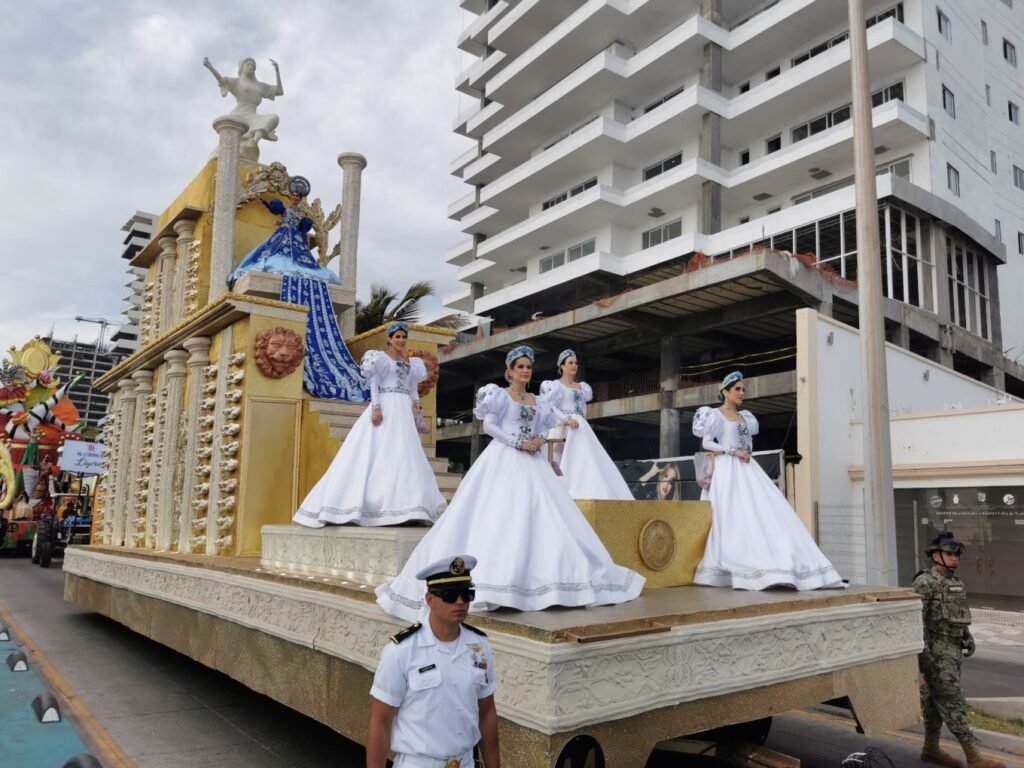
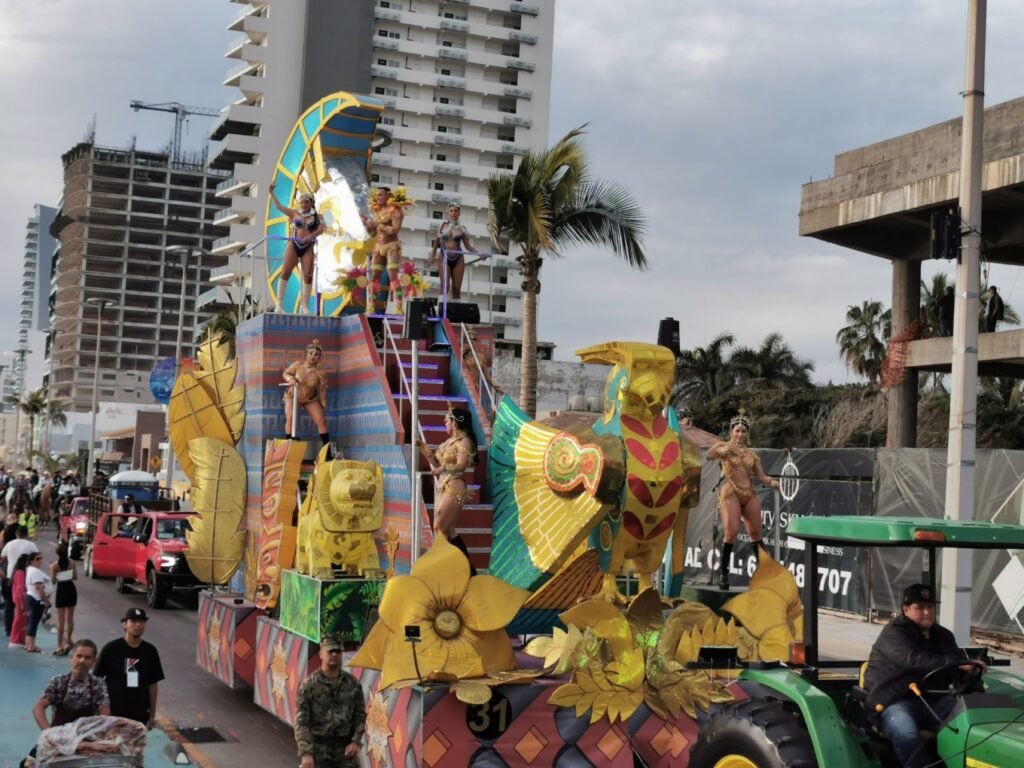
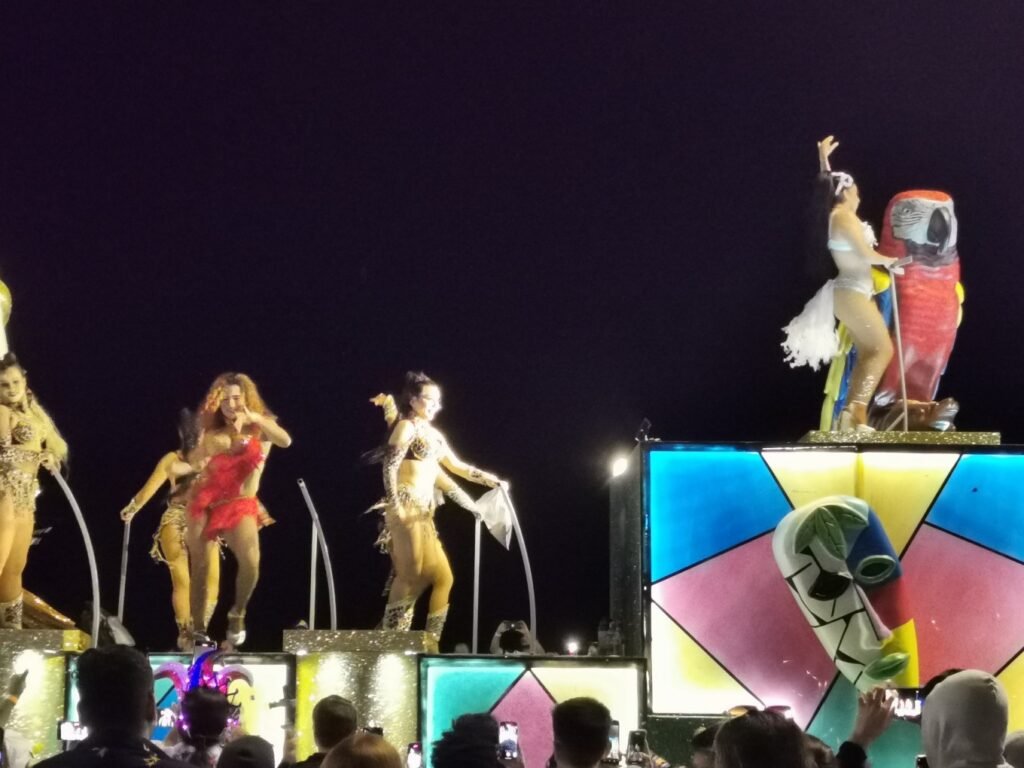
Gran Acuario Mazatlán
There is a well-known aquarium in Mazatlán, with an entrance fee of 460 pesos. Despite the price, it attracts many visitors. Initially, we thought we’d just take a quick tour, but we ended up staying for nearly three hours, right until closing time.
